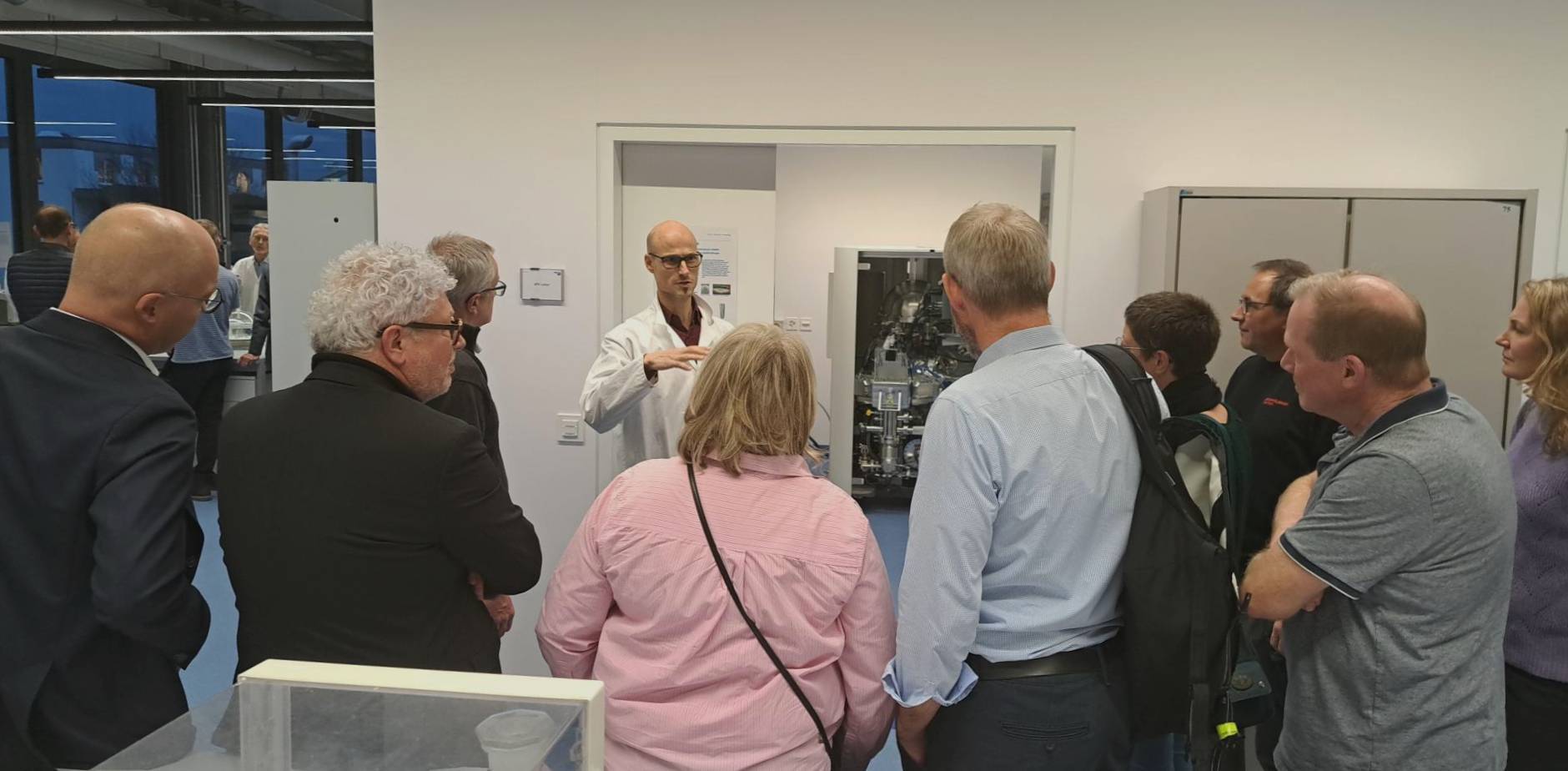RMS Foundation
Robert Mathys-Strasse 1
2544 Bettlach
Switzerland
Phone +41 32 644 2000
FTIR spectroscopy (Fourier transform infrared spectroscopy) is an analytical method used to identify chemical (usually organic) compounds and to investigate their molecular structure. Infrared light is sent through a sample and the absorption of the light is measured based on the excitation of molecular vibrations. Each chemical bond in a molecule absorbs infrared light at specific wavelengths, creating a unique "spectrum" that serves as a fingerprint of the substance.
FTIR microscopy combines FTIR spectroscopy with a microscope to obtain chemical information at the microscopic level. This technique also allows small samples (in the um range) to be analyzed (such as particles or defects in polymers).
Another possibility is chemical imaging. The surface of a sample is sequentially irradiated with infrared light and the absorbed wavelengths are measured. This allows detailed chemical maps to be created that visualize the distribution of different compounds on a sample surface. This is particularly useful in materials science or biology.
Whenever possible, we carry out our testing services in accordance with or based on these international standards:
We use Fourier Transform Infrared Spectroscopy (FTIR) for the following material tests, among others:
For microscopic samples

Since 1995, the services of our materials testing laboratory have been accredited according to ISO/IEC 17025. Our QM system is ISO 9001 certified.
Here you will find our latest blog posts.

RMS Foundation
Robert Mathys-Strasse 1
2544 Bettlach
Switzerland
Phone +41 32 644 2000
E-Mail
The RMS Foundation will be closed from 24 December 2025 through 2 January 2026. We will be pleased to assist you again from Monday, 5 January 2026.
Subscribe to our Info-letter, and we will inform you about 10 times a year about current developments in the fields of material testing, research, and knowledge transfer.